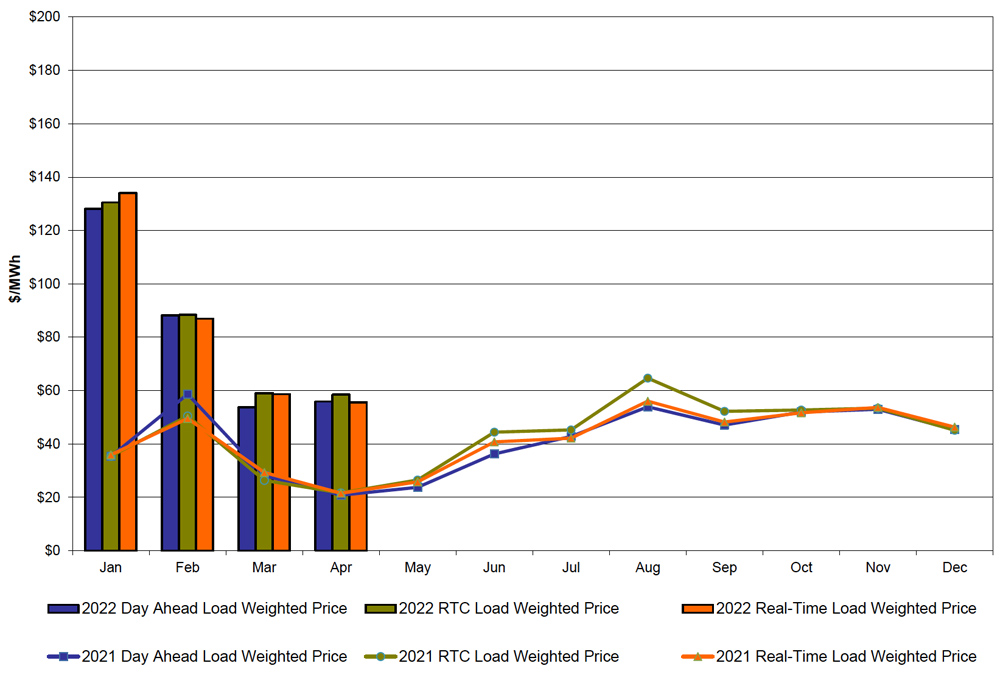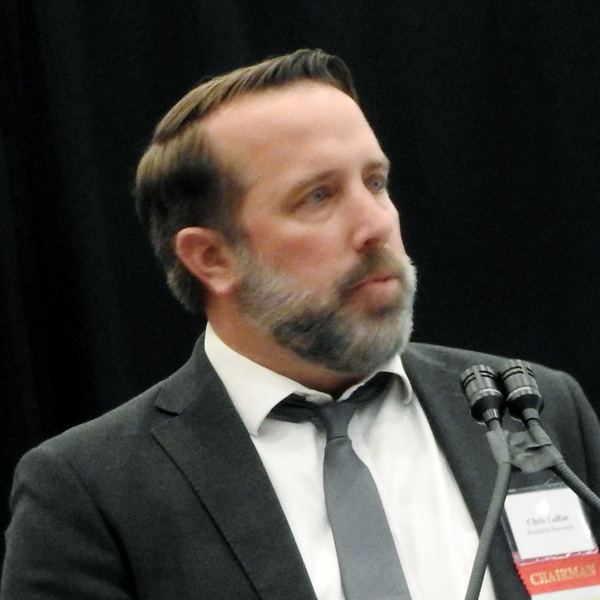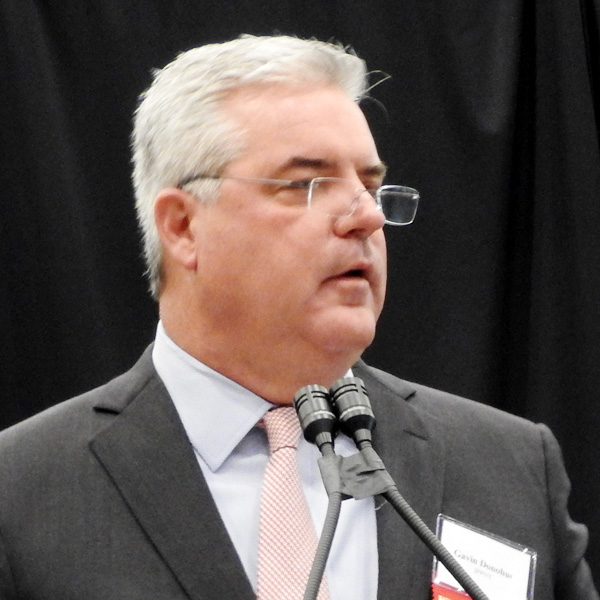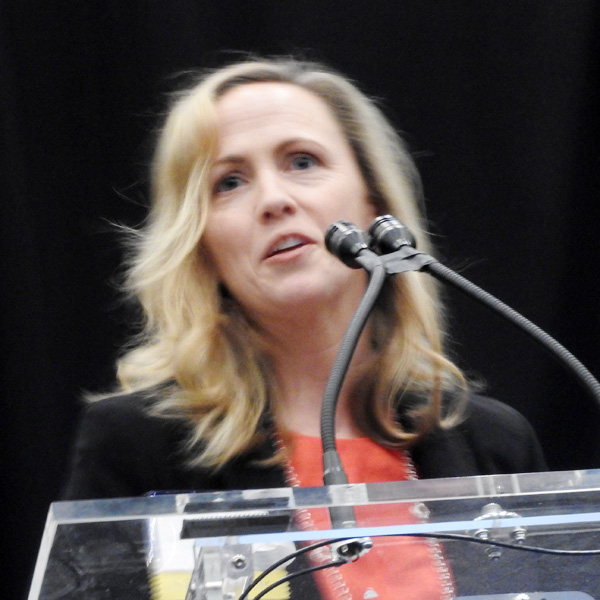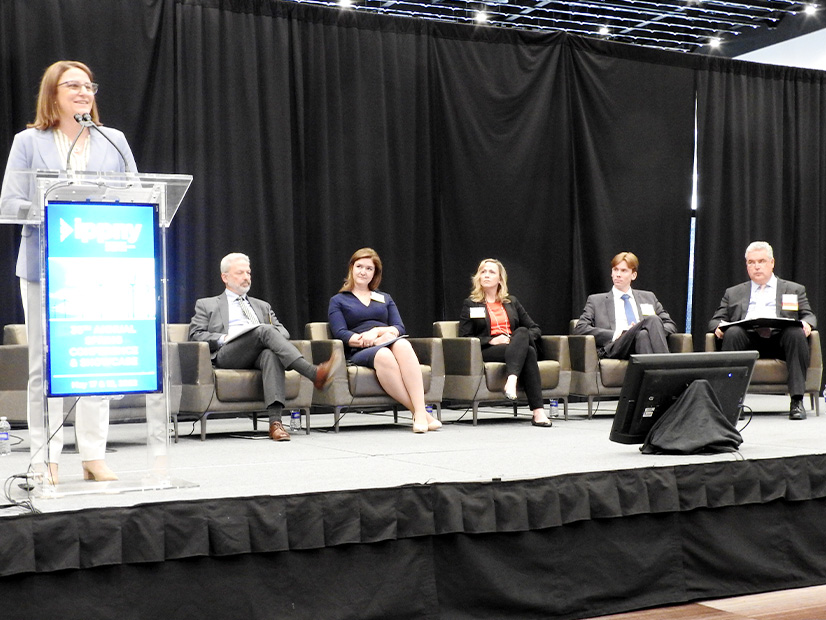The New Jersey Division of Rate Counsel added its voice Thursday to community opposition facing Ørsted’s proposal to run cables bringing electricity from its Ocean Wind offshore wind project through the tourist town of Ocean City to an inland substation.
During a hearing on the plan, Deputy Rate Counsel T. David Wand told the Board of Public Utilities that his agency has “some concerns” about the route that the Danish developer is proposing to run the cable, which would take it across several land parcels upgraded with funding from the state’s Green Acres program.
The project is the first test of a new law approved in July that allows offshore wind developers to override local officials for the siting, construction and operation of “wires, conduits, lines and associated infrastructure” on public land if it’s needed to connect an offshore wind project to the grid. To get BPU backing for the easement, the developer must show that it is “reasonably necessary” for the project’s construction.
Ørsted is seeking a 30-foot-wide easement running the length of the city’s main island, which is about 8 miles long, for a 275-kV cable that will connect Ocean Wind’s turbines, about 15 miles offshore, to the PJM grid at a substation, sited on a closed coal-fired power plant in neighboring Upper Township.
Wand said that Ørsted has testified in the past that it had identified an alternative route to the one that would run over the Green Acres land, along an abandoned railroad right of way. The route, “although longer in distance, may result in fewer disturbances,” Wand said.
Ørsted, which discarded this route as a possibility, has declined to provide its cost nor that of any of the routes it has analyzed, Wand said. He recommended that the BPU require the developer provide that information.
“Although the company maintains that it bears the risk of the preferred route’s cost, Rate Counsel believes the board should have the opportunity to review ongoing project costs,” he said. That would “ensure that the board-approved offshore renewable energy certificate price, which was established to incentivize development of offshore wind, was not set at an unreasonably high or low rate.”
Wand added that the route chosen could affect the cost of upgrading the grid to accommodate the power from Ocean Wind, so the developer also should be required “to demonstrate its preferred route is also the least-cost plan when including the transmission upgrade costs to minimize cost impact repairs.”
The Rate Counsel also said it has concerns about the BPU’s “procedural approach” to soliciting public input and noted that the board has “allowed for discovery, testimony, and public and evidentiary hearings” to illuminate other, similar, land-use questions, which has not happened in the easement case.
BPU President Joseph L. Fiordaliso rebutted what he called Wand’s “insinuations” and said “none of this has been done in secret. … This board is committed to transparency.”
Negotiations
Among the dozen or so speakers at the hearing were Ocean City residents who complained that the hearing had not been widely publicized — which Fiordaliso denied — and opposed not only the easement but the project as a whole.
Yet the opposition was more muted than a March 7 hearing on the easement held by Ørsted, at which more than 35 people spoke, many of them opposed to the project. (See Ørsted NJ Wind Project Faces Local Opposition.)
Madeline Urbish — head of government affairs and policy for Ørsted, who represented the developer at the meeting — said that it had been in “extensive outreach” with Ocean City since 2019 about “property right and consents” for the project and to acquire the easement. Those talks continued into early 2022, she said.
“However, Ocean City has not been willing to reach the necessary agreements to allow the process to proceed with the acquisition of the easements or for the New Jersey [Department of Environmental Protection] permit and accompanying environmental review,” Urbish said. As a result, Ørsted filed the petition seeking BPU approval to move ahead anyway under the new law.
The developer “remains ready and willing to come to a voluntary agreement with Ocean City,” she said. But she added that “time is of the essence if the project is going to meet its commitments to New Jersey.”
Asked after the hearing if Ørsted wanted to respond to the Rate Counsel’s comments, or any others voiced at the hearing, Urbish did not respond directly, saying: “These public hearings are an essential part of the petition process, as outlined by the state to provide regulatory oversight and encourage public participation, and we are committed to adhering to this important process.”
Local Construction Impact
Residents said they are concerned about the disruption, health issues and the negative impact of the project on the ocean view, marine life and tourism, the last of which the town relies heavily on.
“We know that these cables are going to emit EMFs [electromagnetic fields], which have been linked to brain cancers, bone cancers, blood cancers, birth defects,” said Suzanne Hornick, an Ocean City resident and environmental activist. “We don’t want this here. And if the BPU approves this, you’re going to have serious resistance, including people laying across the beach.”
Mike DeVlieger, a former Ocean City councilman, said that “overwhelmingly our community is against this, and it’s not even close.”
“They’re against this line coming up through our beaches; they are against it being run through our Green Acres land; they’re against it being run past our playgrounds and our ball fields and just through our streets,” he said. “This presents medical concerns; it can present environmental concerns.”
DeVlieger suggested that Ørsted consider an alternative route. “They have an alternative viable way of doing this. And they are doing what they want to do, not what they can do. And that’s wrong.”
But Frank Worrell, an Ocean City resident, said the impact of climate change around the country is too great to ignore.
“I believe in climate change. I believe we need these wind turbines and [to] build them as economically and as safe — and I underline safe — as you can,” he said. “If you’re going to go through 35th Street and make it safe, then I am all for it. I think climate change is of major concern, and I wish people would open up their eyes and get on board.”
Three environmental groups — Environment New Jersey, Sierra Club and New Jersey League of Conservation Voters — emphasized the threat of climate change and highlighted the job creation and economic benefits of offshore wind projects.
Richard Isaac, chairman of the Sierra Club’s New Jersey chapter, said the organization takes Green Acres diversions very seriously but is not concerned about the Ørsted project.
“In this case, here in Ocean City, the deep horizontal drilling will still leave every last inch of the beach available to the public [and] will not only help address climate change but, in doing so, will also help slow down sea level rise and maintain local businesses,” he said. “This proposal is clearly a win-win. From everything we’ve seen, we don’t have concerns regarding the health or potential hazards.”
Norah Langweiler, a resident of Egg Harbor Township, about 10 miles from Ocean City, said the “threats of climate change really feel more present than ever.”
“I totally understand that folks have concerns about the transmission lines coming onshore,” she said. “But any new infrastructure project brings some level of construction, and offshore wind turbines also bring jobs, energy security and resilience for the future by doing our part to mitigate climate change.”
